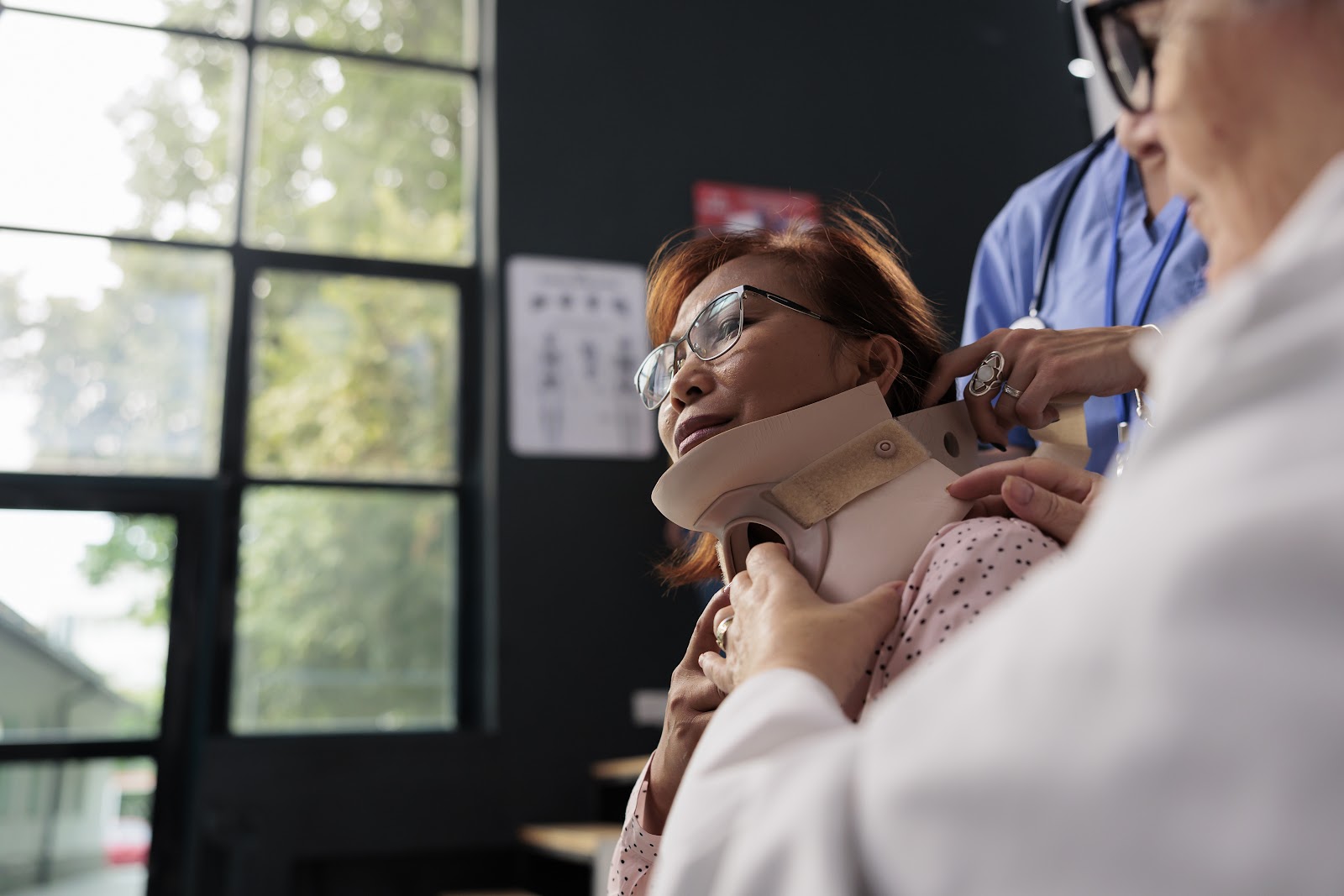A neurologist is one of the most common experts we use in our brain injury cases, and we have worked with the best neurologists in Louisiana to obtain recovery for our clients. A neurologist is a physician who is trained in diagnosing and treating disorders of the nervous system and the brain. A neurologist will usually conduct a physical exam, which tests vision, strength, reflexes, coordination, and sensation.
Generally, in a brain injury case, the neurologist is the doctor who will refer an individual for a neuropsychological examination, manage the individual’s medications, and order additional testing if necessary. We also work with neurosurgeons in more traumatic cases. A neurosurgeon is usually only involved if surgery is necessary to address bleeding or swelling in the brain.
Neuropsychologists and neuroradiologists are two other vital experts we often consult with in traumatic brain injury cases. A neuropsychologist studies the relationship between the brain and a person’s behavior by performing an in-person interview of the individual and then having the individual complete several written standardized tests. The interview and standardized testing can last multiple hours. Each test looks at cognitive and behavioral functions associated with different areas of the brain. The test results are then compared with the test results of other individuals of similar age and background. From the interview and test results, the neuropsychologist will make conclusions about the brain. The neuropsychologist may then prescribe a treatment plan based on the results, but the neuropsychologist does not actually provide medical treatment to the individual.
A neuroradiologist is a radiologist who specializes in interpreting images of the brain, spinal cord, head, and neck. To become a neuroradiologist, a radiologist must undergo 2 years of additional training following 4 years of radiology residency. If you go to the emergency room and have an MRI of your brain, your MRI is most likely to be interpreted by a regular radiologist, not a neuroradiologist. It is not necessary or required that your MRI be interpreted by a neuroradiologist, but in many cases, it can be beneficial because a neuroradiologist is better trained to spot issues that may show signs of a brain injury.
In cases we have brought to trial and mediation for our clients at the Cardone Law Firm, we have hired a neuroradiologist to take a second look at imaging to ensure the radiologist did not miss anything. The neuroradiologist may very well spot problems in the MRI or CT Scan, which may be objective evidence of a brain injury that was not originally spotted by the radiologist. The neuroradiologist has the authority to order additional testing if so warranted. A neuroradiologist can also help explain to the jury that a “normal” MRI or CT scan does not necessarily mean there is no brain injury. This is important because studies have determined that over half of the people who sustained a mild traumatic brain injury did not receive this diagnosis in the emergency room.
A Physical Medicine and Rehabilitation Physician is known as a “physiatrist” or “rehab doctor”. This type of doctor will conduct testing and an exam, and then assign a percentage of impairment to the individual. An impairment rating is one of the most important things an insurance company will look at when assessing whether to pay an individual any money and how much money to pay that individual for their past and future damages.
Having an impairment rating assigned is necessary when an individual has multiple injuries sustained in one accident. This is a pitfall for the unwary or those who think they can handle their personal injury case on their own. This is so because even if a neurologist or neurosurgeon is treating you for a brain injury, they will likely not go to the lengths to have a physiatrist or rehab doctor assign an impairment rating to you. The higher the impairment rating assigned, the more likely you will be able to recover additional damages.
In our more severe traumatic brain injury cases that we handle at the Cardone Law Firm, we hire a Life Care Planner and a Vocational Rehabilitation Specialist. A Life Care Planner is an expert who issues a report after reviewing all of the medical records, medical testimony, interviewing the individual’s treating doctors, and meeting with the individual. The Life Care Planner is used as an expert witness at trial or mediation to explain the disability or injury, project how that injury will affect the individual in the future, and to project future costs that may be incurred for future medical care. A Vocational Rehabilitation Specialist is an expert who will offer an opinion on how the injury has changed the individual’s ability to work and make a living, and will also assess any costs associated with re-training an individual to return to their former job, if rehabilitation is an option. Our promise to our clients is that the Cardone Law Firm will only work with the best experts in the field. We realize all doctors and experts are not created equal.
Most of our clients who come to us at the Cardone Law Firm are hard-working individuals. People who take pride in their careers and who have worked most of their lives to provide for their families and themselves. If an injury prevents one of our clients from returning to their job because they are no longer able to meet the physical demands of their job, this becomes one of our biggest concerns. In any case where the person has suffered a loss of earning capacity, loss of past wages, and/or is not able to return to work, it is necessary for us to hire an economist.
An economist will add up all past and future medical expenses and lost wages and then project those amounts over the lifetime of the person. This involves much math and is often challenged by insurance companies as being too speculative. This is where having the right attorney is essential. At the Cardone Law Firm, the expert economists that we hire rely on real figures and have successfully defeated the speculative arguments advanced by insurance companies. We pursue our clients’ rights fully by making sure our economist assesses any lost benefits which you otherwise would have received from your employer including: contributions to health savings accounts, payments towards life insurance and disability insurance policies, stock options, 401K contributions, and any other benefits your employer may have offered you but which you no longer receive due to your injury.







